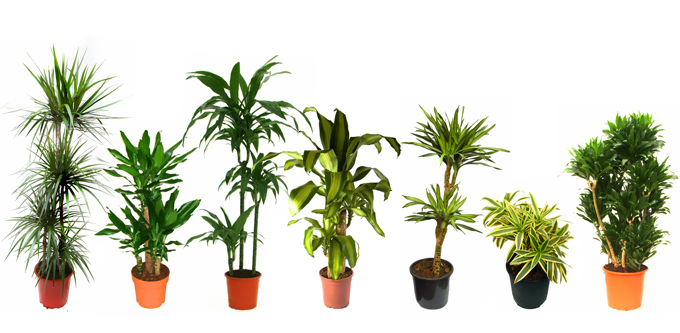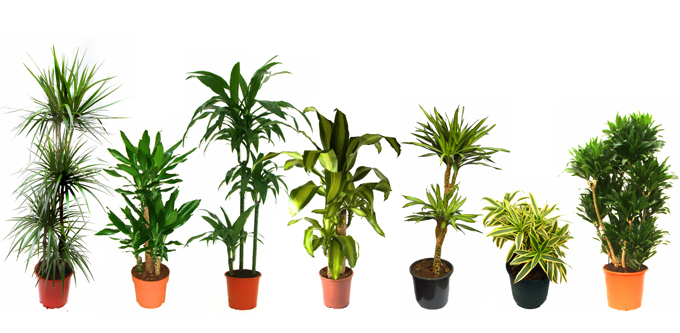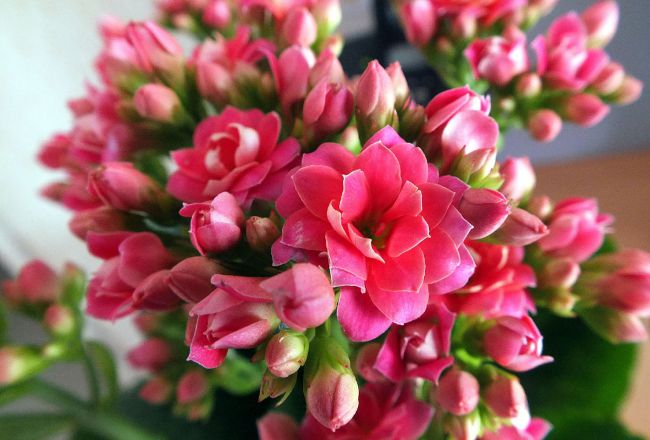Dieffenbachia: how to properly care?

Dieffenbachia is an ornamental plant with large, elongated, variegated oval leaves. Most often they are painted in bright green with white specks of color.
In some species, these spots merge into light strips on the leaves or form one spot.
Plants with an interesting name "diffenbachia" has no less interesting history.
Virtually all kinds of diffenbachia, whichgrow in the American tropics, are poisonous plants. In times of slavery, planters punished slaves, forcing them to bite off the stem of the diffenbachia. This caused a swelling of the tongue and mucous membranes of the mouth, and the person for a long time was deprived of the opportunity to speak. For this, the diffenbahia was called the "dumb roar".
Well, the plant received its modern name in honor of the German botanist J. F. Dieffenbach.
The diffenbachia can reach 2 m in height, so looks very impressive and in the apartment, and in the office, and in the lobby of large rooms.
This plant is rather capricious, and at home it blooms very rarely.
Diffenbachia does not tolerate abrupt temperature fluctuations, the optimal for it in the warm season is a temperature of + 20-25 degrees, and in winter not below +17 degrees.
The plant likes fresh air, but from drafts itshould be protected. In the summer it can be moved to a shady corner on the balcony - there it will feel wonderful. Just like other houseplants, diffenbachia does not tolerate direct sunlight.
It is recommended to water the plant sparingly - the soil should always be moist, but not wet. It is dangerous to wet the soil at low storage temperatures - this can lead to rotting of the roots and stems of the plant. It is best to use warm, soft, stand-by water for irrigation. When watering with too hard water, the tips of the leaves begin to acquire a brown color. When there is insufficient irrigation, the lower leaves fall off from the diffenbahia. If the plant is mature enough, then falling leaves for it is quite a natural process. So in this case you need to look at your plant more closely.
It is desirable to regularly spray the leaves and wash them every two weeks.
In the period of growth - from spring to autumn Diffenbachia is sometimes recommended to be fed with fertilizers, and in winter, watering and feeding are necessaryReduce, but do not allow the earthen coma to dry out in the pot. During the growth period, the dienenbachia needs fertilizing once every two weeks with a complex fertilizer. It reacts well to organic substances containing nitrogen.
As the roots of the diffenbachia fill the pot in which it grows, you need to make transplants. They are better for carrying out in the spring - so the plant adapts to the new conditions better. Also, a diffenbachia should be transplanted if it stopped growing or became ill.
New soil can consist of such a mixture: turf, peat soil and sand in a ratio of 2: 4: 1.
The diseased plant needs to remove the damaged areas and treat them with charcoal.
Do not forget to increase the size of the pot, and on its bottom put a drainage of broken brick, expanded clay, etc.
Remember that dienenbachia juice can cause irritation of the skin and mucous membranes, therefore, transplanting diffenbachia, be sure to use gloves!
The plant can be affected by various pests. For example, a spider mite. If you notice that the leaves and stems are braided with cobwebs - it's time to fight this insect. Shields and false pins also belong to the category of pests, they leave sticky discharge on the sheets, brown stains also appear on the stems from them. In such cases, the plant can be helped by treating it with a soap solution, or sprinkled with a special drug - actellic (1-2 ml per liter of water).

Read more:

Useful houseplants

Indoor plants: dracaena

Poisonous houseplants

Kalanchoe Kalandiva

Selection of indoor plants

Selaginella: care

Selection of indoor plants

Dieffenbachia: how to properly care?

Useful houseplants

Indoor plants: dracaena

Poisonous houseplants

Kalanchoe Kalandiva

Selaginella: care

Care of guinea pigs: to the owner on a note